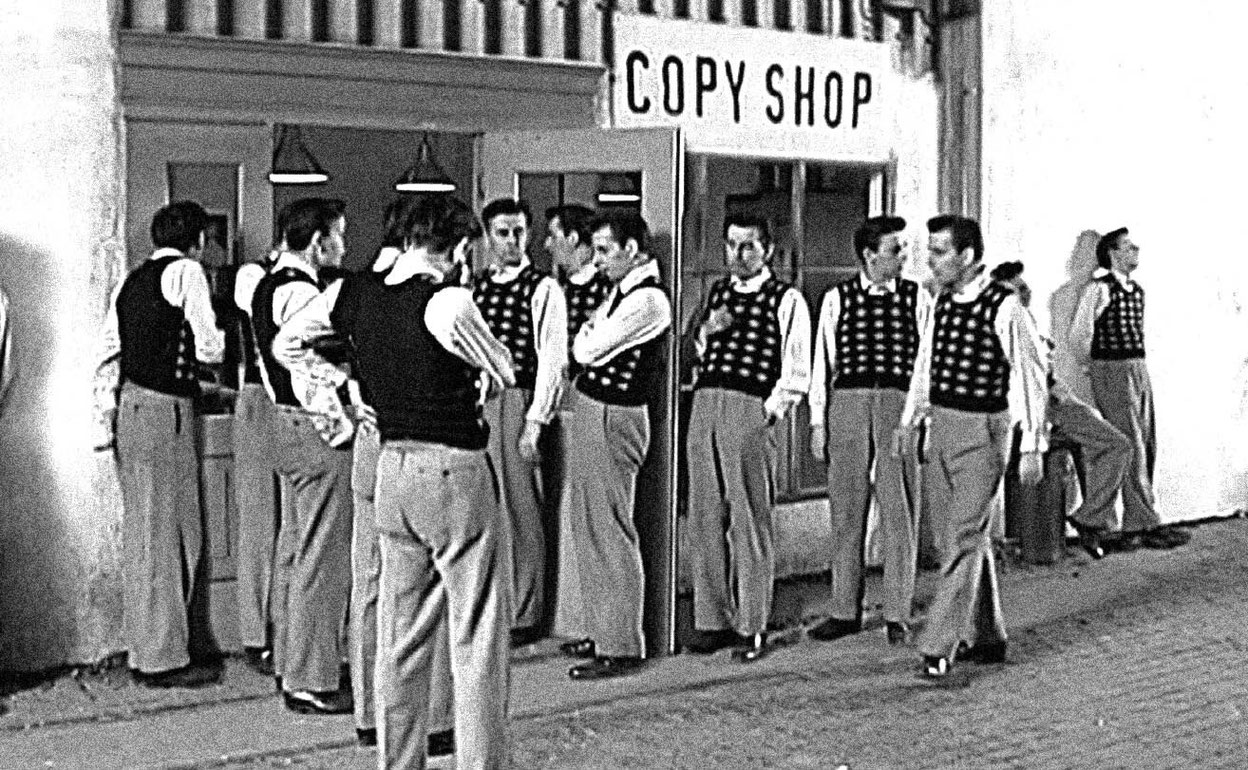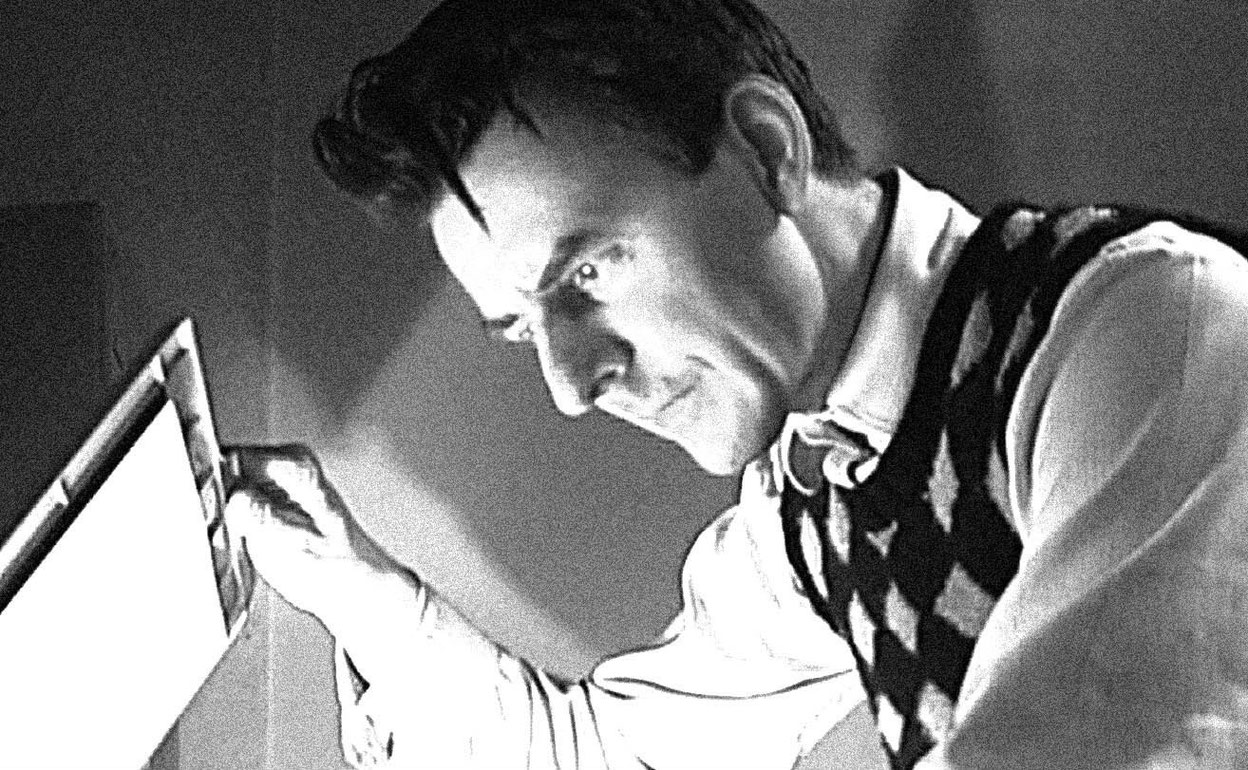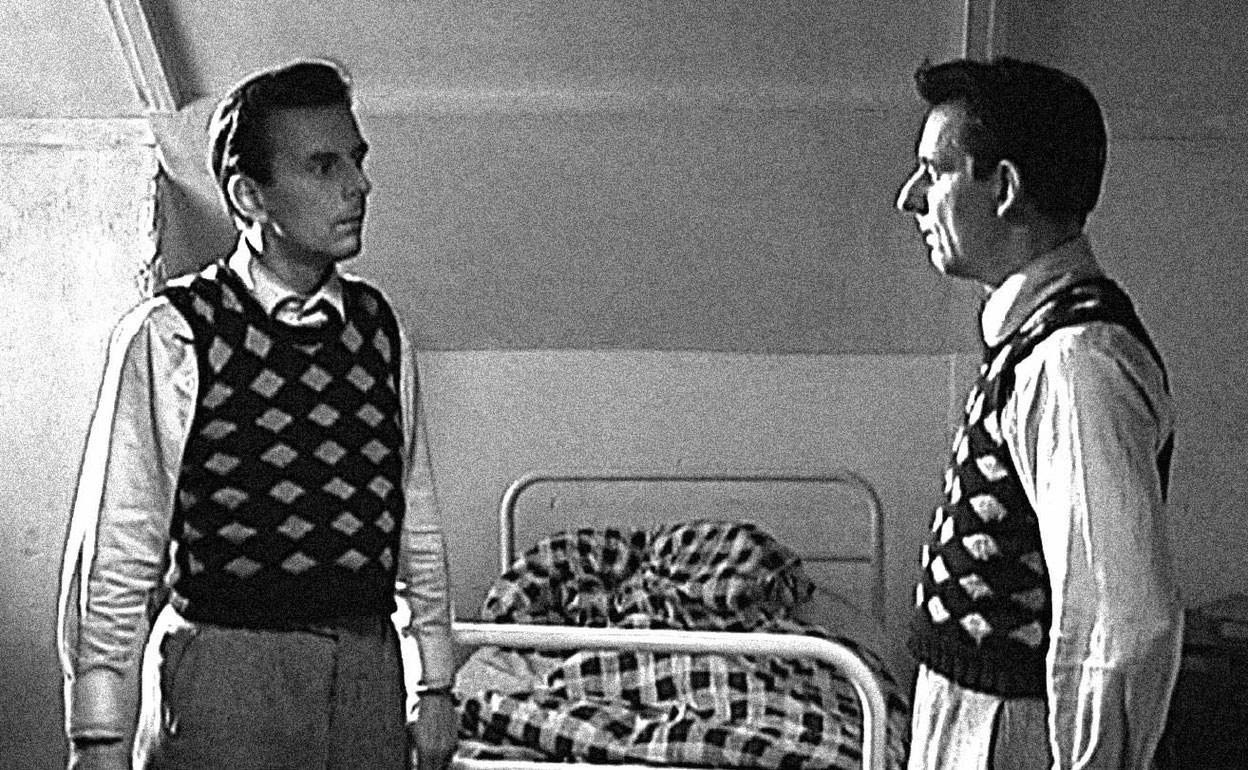Copy Shop
Peculiar irregularities such as dog ears on the edges of images and streaks arouse the suspicion that the content of Virgil Widrichs Copy Shop is not quite able to master the form. Misleading conventions dominate at first: A man, Alfred Kager, wakes up, arranges his hair and goes out into the street on his normal way to work. After he arrives, he xeroxes his hand (and his identity) and the world goes to pieces.
The man continues to make copies of the film framesfirst one Doppelgänger appears, and then an infinite number are produced. The first few scenes are sufficient for Widrich to show his heros growing confusion, and to gradually deepen the bewilderment felt by his audience. By skillfully altering certain shotssuch as when an objective shot suddenly moves into a subjective point-of-viewand driving a fable into a state of paranoia, he blurs conventional narrative techniques and modes of identification.
Grainy black-and-white images and the soundtrack, which comprises solely music and sound effects, give Copy Shop a grotesque flavor, something of a pastiche of a Kafkaesque scenario in which the disappearance of all originality thanks to the various media is announced with a hint of irony. The film reflects this from the other direction by starting with the production process: Originally shot on videotape, the images were printed out on a computer and then shot again with an animation camera. (Dominik Kamalzadeh)
--> www.widrichfilm.com/copyshop
Copy Shop
2001
Austria
12 min



